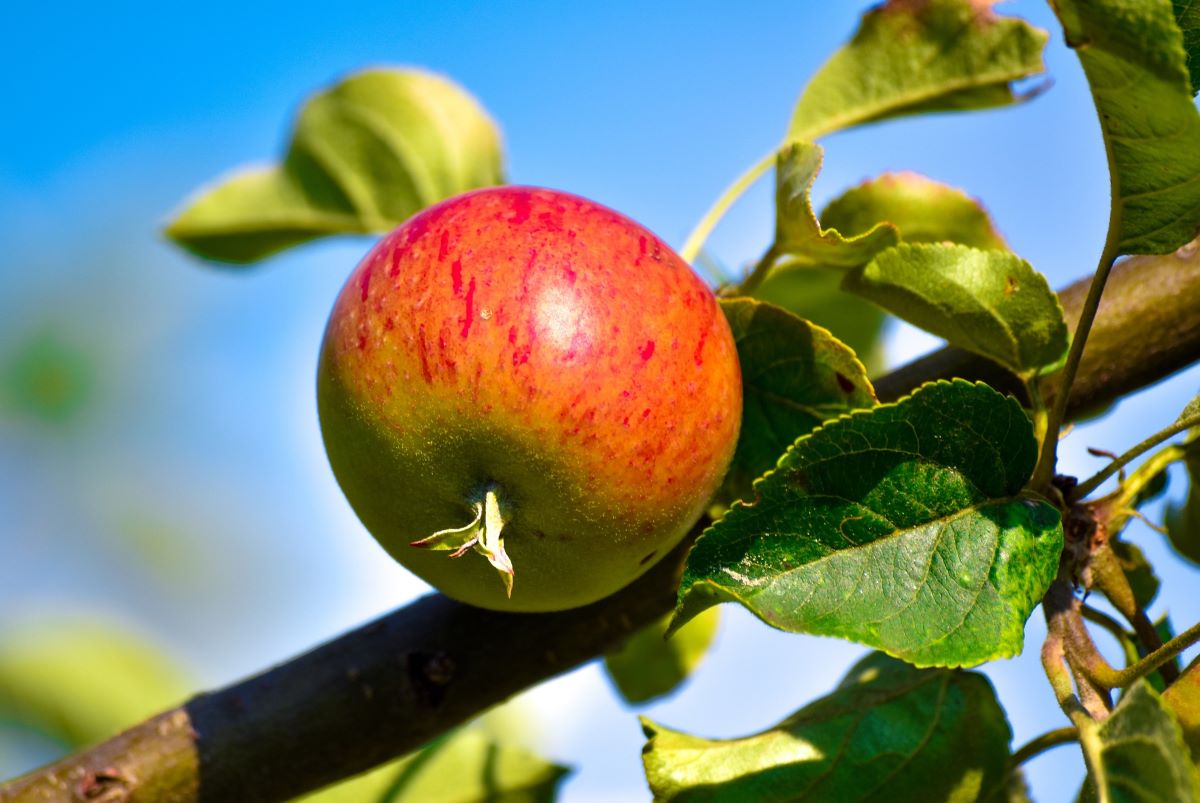Many people contend that Eco-friendly eating can be just as sustainable as plant-based diets, in response to the generally acknowledged environmental advantages of eco-friendly food alternatives. there should be Eco-friendly eating ways to consume meat, eggs, and dairy products without adding to the environmental harm.

In this article, we will introduce to you what is Eco-friendly eating, what are eco-friendly food alternatives, what is animal consumption, the impact of animal agriculture, and how to reduce it.
What is Eco-friendly eating?
It’s reducing inputs like pesticides and ensures that those who work in the food sector have suitable working circumstances, a sustainable diet promotes both the health of the natural world and the well-being of humans. The main focus of eco-friendly eating should be plant-based meals. That's not to mean that you can't consume any meat; just keep it to a few servings each week.
What is animal consumption?
Consuming animal products or consuming animal body parts is referred to as "animal consumption." Consuming dairy and egg products also involves eating animals because these companies send animals to be killed when they are no longer useful.
What is the impact of animal agriculture
Every year, almost 70 billion land animals are reared and slaughtered for food in practices that severely harm the ecosystem.
Animal husbandry is currently one of the leading global generators of greenhouse gases, making it a significant factor in the environmental damage we are currently witnessing.
Because it is so good at trapping heat, methane gas is one of the most powerful of these greenhouse gasses.

Since carbon dioxide stays in the atmosphere for a longer time, it is often the focus of efforts to reduce greenhouse gas emissions; nevertheless, methane is 28 times more potent over 100 years.
And domesticated animals, particularly cattle, are among the main producers of methane emissions worldwide.
As a consequence of their ruminant digestive system, methane gas is belched by cows, sheep, and goats in a process known as enteric fermentation.
These belches, along with the manure from cows and hogs, release methane into the atmosphere, which raises already dangerous levels of greenhouse gasses.
How to reduce the impact of animal agriculture

- Don't eat as much meat, dairy, or eggs
Less than 1% of farm animals are raised in pastures where they have access to the room, sunshine, fresh air, and the possibility to socialize with animals of similar species. Under these circumstances, raising billions of animals in the United States would be extremely challenging, if not impossible. Americans need to consume less meat, dairy, and eggs to ensure that all farm animals have lives worth living.
Consuming fewer animal products benefits both humans and animals since it lowers the risk of several chronic, curable diseases like cancer, heart disease, diabetes, and obesity. Consuming fewer meals derived from animals improves the environment by conserving valuable resources and lowering greenhouse gasses linked to global warming.
Read now about Sustainability and nature - going green for The World's Flora & Fauna
- Buy more affordable food
When you visit farmers' markets or purchase directly from small family farms, you can avoid purchasing meat, dairy products, and factory-farmed eggs. Ask the farmers if you can see the farm and how the animals are raised to make sure you follow Eco-friendly eating.
- Resist the expansion of factory farms
In addition to mistreating animals, factory farms also contaminate the environment, and put the health and safety of their employees, as well as those of the neighborhood, at risk. They use up a lot of natural resources and depreciate local real estate.
- Avoid eating these foods
Some foods come from animals that have been bred or killed in very cruel ways. Contrary to goods like eggs, pork, and poultry that can originate from either "factory farms" or farms with higher standards of living, these foods always involve severe animal suffering and therefore to be avoided.
- Crustaceans
- Live sushi
- "Shark fin soup"
- veal fed on milk
- croky legs
- Frog's legs
What are some eco-friendly food alternatives
When our ancestors lived, they only ate whatever crops their fields produced. Mentioning the same idea to people in this day and age is currently equivalent to labeling a horror novel, yet the thought of not being given a variety of options seems commendable. Here are some examples of how to eat sustainably:
Mushrooms
Mushrooms are great examples of how to eat sustainably, since they can develop by using compost made from leftover byproducts from other crops. They also produce incredibly low levels of CO2 emissions.
Pulses
With little water needed to generate a high yield, beans, lentils, peas, and other legumes are among the most commonly accessible sustainable foods on the market. When it comes to sustainable farming, legumes possess an additional superpower.
Vegetables and fruit
Fruits and vegetables are a must-have on any list of eco-friendly foods, but organic is always the most sustainable choice.
Mussels
It is possible to consider mussels as Eco-friendly eating. Although they can be taken from the wild, most mussels are raised on long lines that are suspended in the sea.
Seaweed
It is not only highly nutritious food but also the least destructive type of aquaculture. Seaweed produces abundant crops without the need for fertilizers or pollution-causing chemicals since it receives all it needs from the ocean around it.







